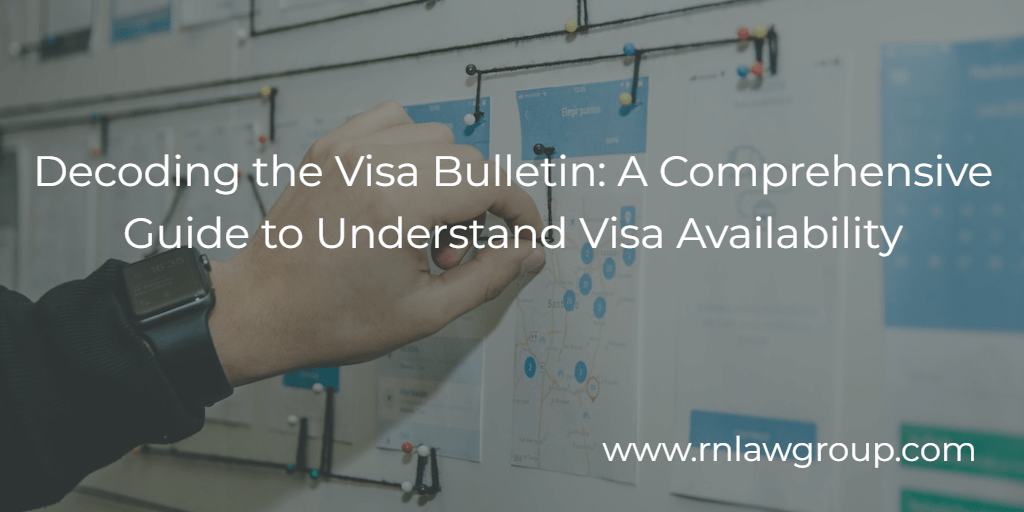
Decoding the Visa Bulletin: A Comprehensive Guide to Understand Visa Availability
The Visa Bulletin is a critical resource for individuals seeking a green card. Published monthly by the U.S. Department of State, the Visa Bulletin provides crucial information on visa availability and priority dates. Navigating this document effectively is essential for understanding the progression of visa applications and planning immigration strategies. In this article, we will unravel the complexities of the Visa Bulletin and provide a comprehensive guide on how to interpret and read this valuable resource.
Understanding the Visa Bulletin
The Visa Bulletin is divided into two main sections: Family-sponsored preference categories and Employment-based preference categories. Each section is further divided into several visa preference categories, which are assigned numerical quotas by the U.S. government. These quotas determine the availability of visas for a particular category and country of chargeability.
Priority Dates and the Visa Bulletin
To comprehend the Visa Bulletin, one must first understand the concept of priority dates. A priority date is the date when a PERM/Labor Certification application is filed, or in some cases the I-140 petition. It serves as the basis for determining an individual’s place in line for visa processing. The Visa Bulletin provides a cutoff date for each preference category and country of chargeability. If an individual’s priority date is before the listed cutoff date, a visa is available, and they can proceed with their green card application.
Movement of Cutoff Dates
The Visa Bulletin also indicates the movement of cutoff dates from one month to another. This movement can be forward, backward, or remain unchanged. Advancement in the cutoff date implies that visas are becoming more readily available, while retrogression refers to a backward movement, indicating limited visa availability.
Visa Availability and Chart Format
The Visa Bulletin presents visa availability information in a chart format. The chart consists of columns representing preference categories and rows representing countries of chargeability. The cutoff dates are listed in each cell. It is crucial to identify the correct category and country to find the corresponding cutoff date accurately.
Determining Visa Eligibility
To determine visa eligibility, applicants must compare their priority date with the cutoff date listed in the Visa Bulletin. If the priority date is earlier, it means the visa is available, and the applicant can proceed with the green card application. However, if the priority date falls after the cutoff date, the visa is not yet available, and the applicant must wait until their priority date becomes current. The “C” listing indicates that the category is current, and that green card applications may be filed regardless of the applicant’s priority date.
Monitoring Visa Bulletin Updates
Given the dynamic nature of visa availability, it is essential to regularly monitor updates in the Visa Bulletin. The U.S. Department of State releases a new Visa Bulletin every month. Staying informed about the cutoff date movements is crucial for individuals awaiting visa availability.
The Visa Bulletin serves as a crucial tool for individuals navigating the complex immigration process. By understanding the various components of the Visa Bulletin, such as priority dates, cutoff dates, and chart formats, applicants can decipher the availability of visas and plan their immigration strategies accordingly. Regularly monitoring the Visa Bulletin will ensure that applicants stay up to date with any changes that may impact their visa eligibility. With this comprehensive guide, individuals can confidently navigate the intricacies of the Visa Bulletin.
Reddy Neumann Brown PC. is dedicated to helping our clients navigate the U.S. business immigration system. Because the U.S. business immigration system can be tricky, it is always best to contact a qualified immigration attorney to help come up with the proper solution for each individual case.
By: Camille Joson
Camille Joson is a Senior Associate Attorney in Reddy Neumann Brown PC’s PERM Labor Certification Department, where she assists clients in the beginning stages of the green card process.

